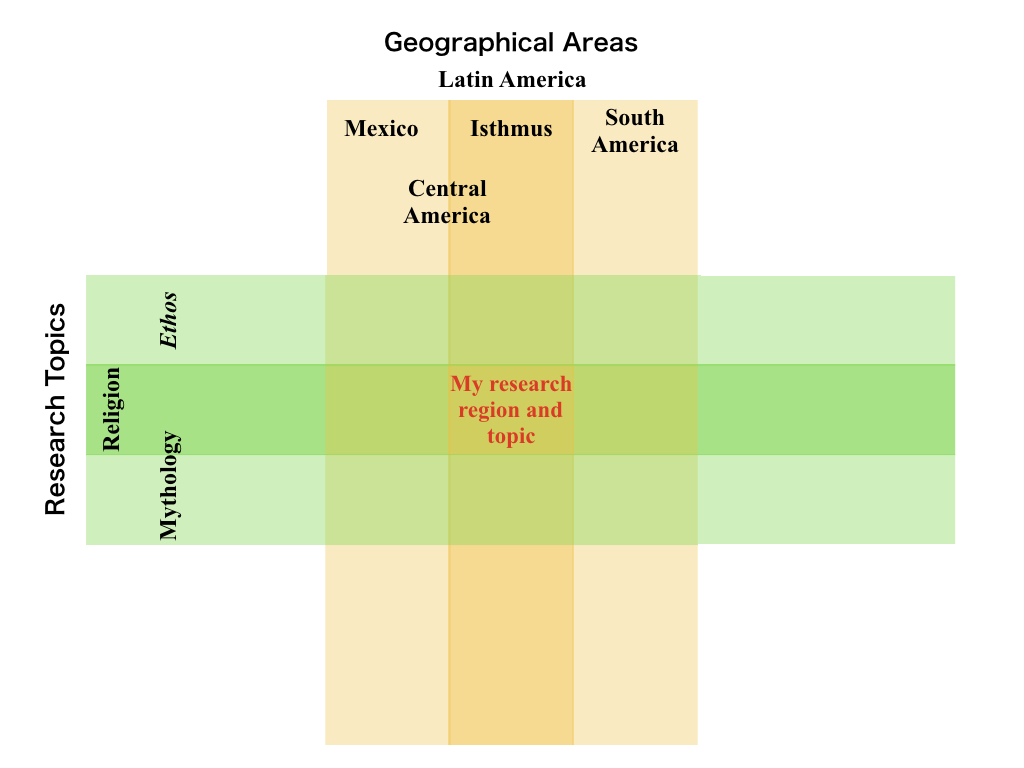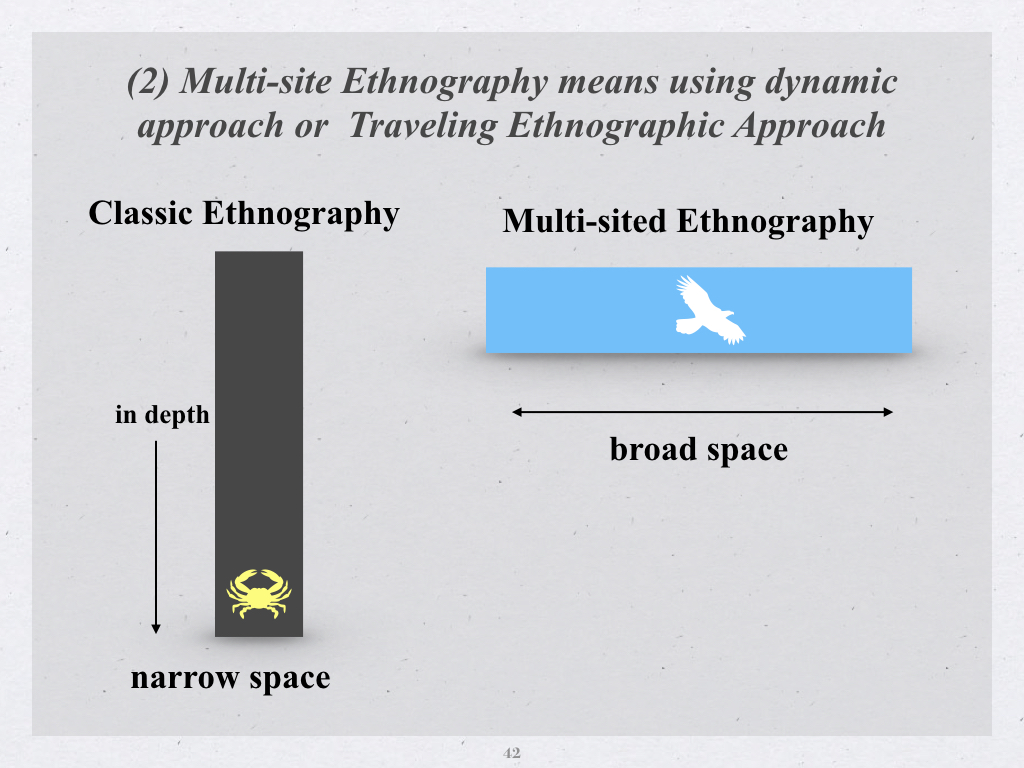
忘れる人のための国際関係論
International Political
Theory and Foreign Policy
03:国際政治理論+対外政策論

国際政治理論について考えよう。プラクティカルな類書(例:高瀬淳一『20日間で学ぶ国際関係の 基礎[改訂版]』実務教育出版、2005年)をみると国際政治に関する理論を次のような[一種の暗記]項目としてあげている。分類としては、ちょっと整合 性を欠く——しかしながら個々の術語は重要である——ために、多少整理して解説してみよう(→国際政治理論に「エスノグラフィー」の 考え方を導入するために)。


(1)リアリズム=現実主義
a. リアリズム
b. リアリズム、特にH・モーゲンソー(Hans Joachim Morgenthau, 1904-1980)の理論
"Hans Morgenthau is considered one of the "founding fathers" of the realist school in the 20th century. This school of thought holds that nation-states are the main actors in international relations and that the main concern of the field is the study of power. Morgenthau emphasized the importance of "the national interest," and in Politics Among Nations he wrote that "the main signpost that helps political realism to find its way through the landscape of international politics is the concept of interest defined in terms of power." Morgenthau is sometimes referred to as a classical realist or modern realist in order to differentiate his approach from the structural realism or neo-realism associated with Kenneth Waltz. Recent scholarly assessments of Morgenthau show that his intellectual trajectory was more complicated than originally thought. His realism was infused with moral considerations -- though not always acknowledged as such -- and during the last part of his life he favored supranational control of nuclear weapons and strongly opposed the U.S. role in the Vietnam War"- Hans Joachim Morgenthau, 1904-1980
「ハンス・モーゲンソーは、20世紀における現実主義=リアリスト派の「創始者」の一人
と
されている。この学派は、国際関係の主役は国民国家であり、その主な関心事は権力の研究であるとしている。モーゲンソーは「国益」の重要性を強調し、『諸
国民の政治』の中で、「政治的リアリズムが国際政治の風景の中で道を見つけるのに役
立つ主な道標は、権力の観点から定義された利益の概念である」と記している。モーゲンソーは、ケネス・ワルツ(Kenneth Waltz,
1924-2013)に代表される構造的リアリズムやネオリアリズムと区別するために、古典的リアリストや現代的リアリストと呼ばれることもある。しか
し、最近の研究では、モーガンソーの知的軌跡は、当初考えられていたよりも複雑であることがわかっている。彼のリアリズムには、必ずしも認められてはいな
いが、道徳的な配慮が盛り込まれており、晩年には核兵器の超国家的管理を支持し、ベトナム戦争におけるアメリカの役割に強く反対していた」 www.DeepL.com/Translator
による。
c. 勢力均衡論
いわゆるパワーバランスによる政治(power-balance policy)
d. アメリカ外交論、特にG・ケナン(George Frost Kennan, 1904-2005)の外交論
"Unlike the "long telegram", Kennan's well-timed article appearing in the July 1947 issue of Foreign Affairs under the pseudonym "X", titled "The Sources of Soviet Conduct", did not begin by emphasizing "traditional and instinctive Russian sense of insecurity"; instead it asserted that Stalin's policy was shaped by a combination of Marxist–Leninist ideology, which advocated revolution to defeat the capitalist forces in the outside world and Stalin's determination to use the notion of "capitalist encirclement" in order to legitimize his regimentation of Soviet society so that he could consolidate his political power. Kennan argued that Stalin would not (and moreover could not) moderate the supposed Soviet determination to overthrow Western governments. His new policy of containment declared that Soviet pressure had to "be contained by the adroit and vigilant application of counter-force at a series of constantly shifting geographical and political points".The goal of his policy was to withdraw all the U.S. forces from Europe. "The settlement reached would give the Kremlin sufficient reassurance against the establishment of regimes in Eastern Europe hostile to the Soviet Union, tempering the degree of control over that area that the Soviet leaders felt it necessary to exercise". Kennan further argued that the United States would have to perform this containment alone but if it could do so without undermining its own economic health and political stability, the Soviet party structure would undergo a period of immense strain eventually resulting in "either the break-up or the gradual mellowing of Soviet power". The publication of the "X" article soon began one of the more intense debates of the Cold War. Walter Lippmann, a leading American commentator on international affairs, strongly criticized the "X" article. Lippmann argued that Kennan's strategy of containment was "a strategic monstrosity" that could "be implemented only by recruiting, subsidizing and supporting a heterogeneous array of satellites, clients, dependents, and puppets". Lippmann argued that diplomacy should be the basis of relations with the Soviets; he suggested that the U.S. withdraw its forces from Europe and reunify and demilitarize Germany. Meanwhile, it was soon revealed informally that "X" was indeed Kennan. This information seemed to give the "X" article the status of an official document expressing the Truman administration's new policy toward Moscow. Kennan had not intended the "X" article as a prescription for policy. For the rest of his life, Kennan continued to reiterate that the article did not imply an automatic commitment to resist Soviet "expansionism" wherever it occurred, with little distinction of primary and secondary interests. The article did not make it obvious that Kennan favored employing political and economic rather than military methods as the chief agent of containment."My thoughts about containment" said Kennan in a 1996 interview to CNN, "were of course distorted by the people who understood it and pursued it exclusively as a military concept; and I think that that, as much as any other cause, led to [the] 40 years of unnecessary, fearfully expensive and disoriented process of the Cold War". Additionally, the administration made few attempts to explain the distinction between Soviet influence and international Communism to the U.S. public. "In part, this failure reflected the belief of many in Washington", writes historian John Lewis Gaddis, "that only the prospect of an undifferentiated global threat could shake Americans out of their isolationist tendencies that remained latent among them"."
「いわゆるLong
telegram論文とは異なり、「X」というペンネームで『フォーリン・アフェアーズ』誌1947年7月号に掲載された「ソ連の行動の源泉」と題された
ケナンのタイミングの良い論文は、「伝統的で本能的なロシアの不安感」を強調して始まるものではなかった。スターリンの政策は、外界の資本主義勢力を打ち
負かすための革命を主張するマルクス・レーニン主義のイデオロギーと、自分の政治的権力を強化するためにソ連社会の体制化を正当化するために「資本主義の
包囲網」という概念を利用しようとするスターリンの決意とが結びついて形成されたものだと主張した。ケナンは、西側諸国の政府を転覆させようとするソ連の
決意を、スターリンが穏健化させることはないし、できないだろうと主張した。彼の新しい封じ込め政策は、ソ連の圧力を「地理的、政治的に絶えず変化する一
連の地点で、巧妙かつ用心深く対抗力を行使することによって封じ込めなければならない」と宣言し、その目標はヨーロッパから米軍をすべて撤退させること
だった。ケナンは、ヨーロッパから米軍を撤退させることを目標にしていたが、「今回の和解は、東ヨーロッパにソ連に敵対する政権が樹立されることに対する
十分な安心感をクレムリンに与え、ソ連の指導者たちが行使する必要があると感じていた東ヨーロッパへの支配の度合いを和らげることになる」と述べている。
さらにケナンは、アメリカはこの封じ込め[政策]を単独で行わなければならないが、自国の経済的健全性と政治的安定性を損なうことなく封じ込めることがで
きれば、ソ連の党組織は大きな緊張の時期を迎え、最終的には「ソ連の権力が崩壊するか、あるいは徐々に弱まる」と主張した。この「X」論文の発表は、冷戦
時代の激しい論争の一つのきっかけとなった。アメリカの代表的な国際問題評論家であるウォルター・リップマンは、この「X」論文を強く批判した。リップマ
ンは、ケナンの封じ込め戦略は「戦略的怪物」であり、「異種の衛星、顧客、従属国、操り人形を募集し、補助金を出し、支援することによってのみ実行可能で
ある」と主張した。リップマンは、対ソ関係の基本は外交であると主張し、アメリカがヨーロッパから軍を撤退させ、ドイツを再統一して非武装化することを提
案した。一方、「X」がケナンであることは、すぐに内々に明らかになった。この情報によって、「X」の記事は、トルーマン政権の新しい対モスクワ政策を示
す公式文書としての地位を獲得したかのように見えたのである。ケナンは、この「X」論文を政策の処方箋とは考えていなかったのである。ケナンは、「X」記
事は、ソ連の「拡張主義」が発生した場合に、第一の利益と第二の利益をほとんど区別することなく、自動的にそれに抵抗することを意味するものではないこと
を、生涯にわたって繰り返し述べ続けた。1996年のCNNのインタビューで「封じ込めについての私の考えは、もちろん、軍事的概念としてのみ理解し、追
求した人々によって歪められた。また、ソ連の影響力と国際的な共産主義との違いをアメリカ国民に説明することもほとんどなかった。「歴史家のジョン・ルイ
ス・ガディスは、「この失敗は、ワシントンの多くの人々が、差別化されていない世界的な脅威の見通しだけが、アメリカ人の間に潜在していた孤立主義的な傾
向からアメリカ人を揺り動かすことができると信じていたことを反映している」と書いている」www.DeepL.com/Translator に
よる。
e. その他
(2)ヘゲモニー=覇権論
a. 覇権安定論、R・ギルピン
b. 覇権循環論、J・モデルスキー
c. 構造的現実主義あるいは新現実主義、K・ウォルツ
d. その他
(3)制度主義
a. 制度主義
1950-60年代にかけて国際統合の理論として影響を与える
b. 新機能主義、E・ハース
国家がその機能を共有することで国際統合を可能と観る議論
c. 相互作用主義、K・ドイッチュ
国際間における交流の増大に国際統合をみる立場
d. 相互依存論
R・コイヘンとJ・ナイによる国際社会の複合的相互作用論
e. 国際体制(レジーム)論
国際体制(レジーム)すなわち、かつてのGATTや気候変動枠組条約などの側面に注目 し、国際間の協調を考える立場。
f. その他
(4)構造主義
a. マルクス主義国際関係論
b. 従属論、 A・フランク
c. 世界システム論、I・ウォーラスティン
d. その他
(5)公法学あるいは歴史主義
| 第1部 国際法の性質:
国際違法行為と国際制裁 1.1 法の概念 1.2 国際法は言葉の真の意味で「法」であるか 第2部 国際法の妥当範囲 2.1 法秩序の妥当範囲 2.2 国際法の領域的および時間的妥当範囲 2.3 国際法の人的妥当範囲 2.4 国際法主体 2.5 国際法の実質的妥当範囲) 第3部 国際法の本質的機能:国際法秩序による国内法秩序の妥当範囲の決定 3.1 国家の法的存在 3.2 国際法による国内法秩序の領域的妥当範囲の決定 3.3 国家領域:国際法による国内法秩序の人的妥当範囲の決定(国家の人民) 3.4 国際法による国内法秩序の実質的妥当範囲の決定(国家の権限) 3.5 国際法による国内法秩序の時間的妥当範囲の決定(国家の時間的存在)) 第4部 国際法の定立と適用 4.1 国際法の定立(淵源) 4.2 国際法の適用) 第5部 国際法と国内法 5.1 国際法と国内法の相違 5.2 国際法と国内法の関係(一元論と多元論) |
カール・シュミット『大地のノモス:ヨーロッパ公法という国際法における』
| はじめに 第一部 序論としての五つの系論 第一章 秩序と場所確定との統一としての法 第二章 地理上の発見以前の国際法 第三章 キリスト教的中世の国際法についての指摘 第四章 ノモスという言葉の意味について 第五章 国際法を構成する経過としての陸地取得 第二部 新世界の陸地取得 第一章 最初のグローバルなライン――ラヤから友誼線を経て西半球のラインへ―― 第二章 新世界の陸地取得についてのビトリャによる正当づけ 第三章 新世界の陸地取得についての法律学的な権限(発見と先占) 第三部 ヨーロッ パ公法 第一章 国家相互間的なヨーロッパ中心的な新しい大地のラウム秩序を担う実体としての国家 第二章 中世の戦争(十字軍あるいはフェーデ)が非差別的な国家〔が主役の〕 戦争へと変化すること――アヤラからヴァッテルまで―― 第三章 海洋の自由 第四章 領土の変更 第五章 国際法において国家に関係しない可能性および構成要素への指摘 第四部 大地の新しいノモスの問題 第一章 ヨーロッパ全体による最後の陸地取得(一八八五年のコンゴ会議) 第二章 ヨーロッパ公法の解体(一八九〇年―一九一八年) 第三章 国際連盟、および大地のラウム秩序の問題 第四章 戦争の意味変化 第五章 西半球 第六章 国際法上の承認の意味変化 第七章 現代的殲滅手段の戦争 人名索引/事項索引 |
★おまけ(復習にどうぞ!!!)
◎高坂正堯(こうさか・まさたか, 1934-1996)『国際政治:恐怖と希望』1966年
| 序章 問題への視覚 1. 権力闘争の変質 2. 国際政治の3つのレベル 第1章 軍備と平和 1. 勢力均衡 2. 軍備縮小 3. 軍備規制と一方的段階的軍縮 第2章 経済交流と平和 1. 経済と権力政治 2. 権力政治と経済交流の分離 3. エゴイズムと相互の利益 第3章 国際機構と平和 1. 強制力の問題 2. 世論の力 3. 国際連合の意味 終章 平和国家と国際秩序 1. 国際社会と国内体制 2. 現実への対処 |
対外政策論
外交政策と対外政策の違い
国内政治と対外政治の違い
国内政治と対外政治のリンケージ(関連性・結びつき)
首脳外交
援助外交
対外政策決定論(G・アリソン『決定の本質』1971)
3つの行為モデル:合理的な行為者、組織過程、官僚政治
1. 政策決定者が合理的な推論と対応によって対外政策を決定している
2. 政策は、組織の通常の処理手続き(ルーティン)により処理される。
3. 各組織の折衝、取引、妥協により合意が形成されて最終的に対外政策が決まる。
日本の対外政策
内閣(政府)、国会
アメリカ合州国
大統領、連邦議会、国家安全保障会議、アメリカ通商代表部
【練習問題】
57.国際社会の平和や自由貿易体制のように、すべての国が恩恵を受ける政治的状況あるいは経済 的制度のことを、一般に何というか?
[ ]
58.ある政策領域において、国際関係の各主体に認められる権利と規則、手続、規則遵守制度など を定める緩やかな体制のようなことを、英語ではどのように呼ぶか?
[ ]
59.ラテンアメリカの地域研究から生まれてきた理論で、先進国が途上国を自己の経済システムに 組み込んで途上国の経済余剰を搾取していると指摘した理論を総称してなんとよぶか?[ ]
60.資本主義の世界経済システムは、中心・準周辺・周辺の3つの領域からなる国際政治構造を必 然的にもつとするエマニュエル・ウォーラスティンが提唱した政治理論とはなにか?
[ ]
参考文献
高瀬淳一 編、2005『20日間で学ぶ国際関係の基礎[改訂版]』東京:実務教育出版